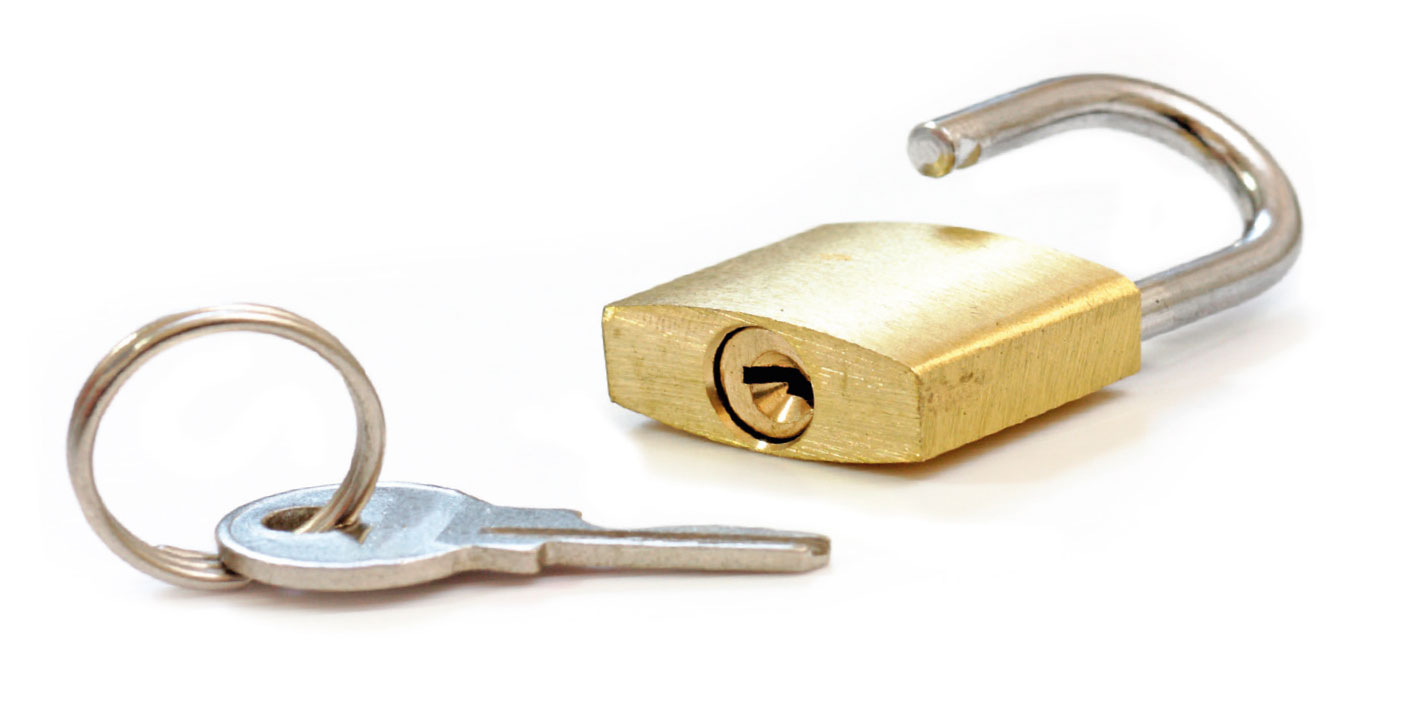The big easing

COVID-19 continues to affect us but with the lockdown loosening, we need to reconsider the safety of more people coming into the workplace. Many of you will have continued working throughout the pandemic as you are considered a vital service, but have you assessed the risks and thought about the controls to implement, adjust or improve?
The first thing is a risk assessment. That’s how we do good health and safety management, by risk assessing the problem. What is that risk assessment going to need to include though?
You will remember the five steps to risk assessment – hazard identification, people at risk, evaluate the risk, implement further controls if necessary, record and review. So, starting at the beginning, what are the hazards?
Hazards
We can start with the infection risk and then… well that’s it really. We are trying to stop people getting infected. You need to think about how people can get infected, what would they be involved in to get infected by someone else? Here are a few things to consider:
- Visiting premises where people are or may be infected. This could be a home or a hospital or it could be a member of staff coming back to work, who comes into contact with the virus from a deceased person
- Handling a deceased person who has died from the virus or a related matter
- Preparing the deceased for viewing and actually viewing the deceased by relatives
- Embalming activities
- Attending a funeral service
There may be more but if you start to think about the ways of preventing infection from these potential risks, you should be able to protect from anything else the virus throws at you.
Control measures
There are many ways to prevent infection – here are just a few. They might work for you or they might not. But the main thing is, if you implement some of these or amend them in some way to fit in a little more with how you are working, you are trying to keep your people safe.
So, what can be done? Well this is not rocket science, this information has been out there in one form or another for some time now.
- Use the minimum number of people for whatever that task is
- Liaise with residents/care home managers/hospital staff on arrival to assist in managing removals
- Use the social distancing rule and mark out the premises to help remind people
- Make PPE available (respiratory protection, gloves, eye protection, overalls). I know this is basic for those handling the deceased, but what about office staff or visitors?
- Don’t forget handwashing prior to and after removals
- Antibacterial handwash has to be available to staff especially where they cannot wash their hands
- Don’t forget your universal precautions against infection – you will have been doing this for years
- Vehicles need to be cleaned with anti-bacterial and anti-viral products before and after use
- Use equipment to move deceased where possible to avoid manual handling issues – give that equipment a good sanitising after use as well
Using vehicles for funeral services
One other area of risk is providing a limousine service. This is a high-risk event and as such needs some significant controls to avoid infection.
- Look at installing screens that are large enough to prevent the virus spreading to drivers and staff in the front of the vehicle
- Brief the family about the measures to be taken when you make the funeral arrangements
- Only allow passengers from the same household to travel in the same vehicle
- Air conditioning may spread infections therefore it is not to be used during transport. Windows are to be kept open to improve ventilation.
- The driver should only open and close the door for the service users
- The service user must get into and out of the vehicle themselves or with assistance from another service user
- Only staff who are willing to drive the vehicle are to be used for the service
- Hand sanitiser should be provided in the vehicles for staff and service users
- Keep the numbers in the vehicle as low as possible
- Passengers should be off e red face masks, non-allergenic gloves and sanitiser
- The driver should wash their hands with soap and water for at least 20 seconds prior to and after each journey
- After each funeral, the interior of the vehicle, including the dividing screen, is to be steam cleaned or wiped down with disinfectant
- The person cleaning the vehicle must wear suitable personal protective equipment as well
It is going to be this way for some time to come, so implement these measures or something like them now! And if there is something you are doing a little differently, maybe more effectively, do the decent thing and share it around. Not just with other funeral directors you know, but SAIF as well. They are the perfect vehicle to get information around members really quickly.
If you still want support then don’t worry
Help is at hand! As a member of SAIF:
- You can talk to a safety professional at Safety for Business simply by calling 08456 344164.
- You are also entitled to a discount on our fees when we help you with your health and safety needs
- We can visit you to see how you are doing when it comes to compliance. This is free of charge apart from travel costs. So what have you got to lose?